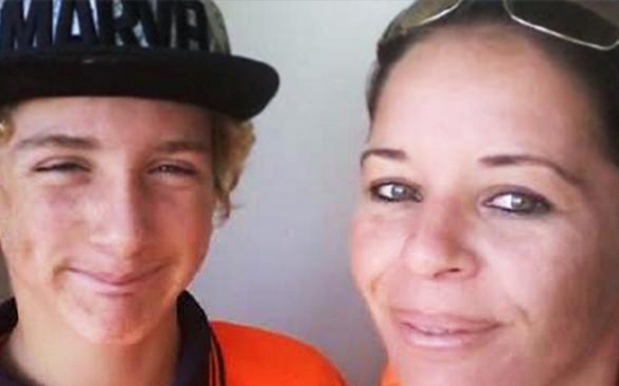
Variety of Social Species when you look at the Florida (Back to Most readily useful)
By G5global on Wednesday, September 14th, 2022 in ios hookup apps website. No Comments
After a nest webpages is situated, brand new personal, bumble bee queen accumulates pollen and you can lays their earliest brood out of worker eggs. Gurus emerge on 21 months after the egg is actually placed and you may dominate this new commitments regarding pollen and you will nectar collection as well as the colony safeguards. How big is the workers grows with every new brood. A third status from bumble bees, new guys, is sometimes produced in midsummer.
Bombus bimaculatus Cresson 1863, new twospotted bumble bee. The variety offers off Ontario to help you Maine, southern to Florida, and you may western in order to Illinois, Ohio, Oklahoma and you can Mississippi. Florida condition ideas are: Alachua, Clay, Franklin, Highlands, River, Levy, Marion, Okaloosa, and you will Lime.
Its range expands of Nj-new jersey to Fl, and you may western in order to Northern and Southern area Dakota, Nebraska, Colorado and The brand new Mexico. Fl state ideas become: Alachua, Franklin, Gadsden, Levy, Independence, Lime, and you can St. Johns.
Bombus griseocollis (DeGeer) 1773, this new brown-belted bumble-bee. Its diversity offers out of Quebec and you will Maine to help you Fl, and you will on the Western Western (DL 21011). Florida county info become Alachua, Clay, Collier, Highlands, Marion, and Osceola.
Bombus impatiens Cresson 1863, the common eastern bumble-bee. This varieties is actually local from Ontario so you can Maine and southern in order to Florida and you may are put into the California and in United kingdom Columbia, Canada (EOL 2011). Fl condition facts is Alachua, Bradford, Calhoun, Escambia, Franklin, Jackson, Gadsden, Highlands, Levy, Freedom, Okaloosa, Lime, Hand Seashore, Polk,and you will Santa Rosa.
Bombus pensylvanicus (DeGeer) 1773, the newest Western bumble bee. Its range offers out of Quebec and Ontario, Maryland southern area to Fl, upcoming western so you can Minnesota, Southern Dakota, Nebraska, Colorado, The newest Mexico and you can Mexico (Unknown 2011). Fl county facts were: Alachua, Bradford, Collier, Escambia, Flagler, Highlands, River, Lee, Levy, , Sarasota, Santa Rosa.
Bombus terricola Kirby 1837, the new red-banded bumble bee. Originally, that it kinds longer off Nova Scotia so you’re able to Fl, western to help you Uk Columbia, Montana and you may Southern Dakota. Whenever you are just after prominent, the has ). No specimens seen from Florida, however, registered regarding Fl because of the Mitchell (1962).
The answer to this new Bumble Bees in Florida (Back into Most readily useful)
Profile 10. Figures out-of Florida Bombus spp. step one. Bombus fraternus, dos. Bombus pensylvanicus, 3. Bombus impatiens, 4. Bombus griseocollis, 5. Bombus bimaculatus, 6. Bombus griseocollis, eight. Bombus bimaculatus. Image by Section of Bush Business.
1. Antenna which have several areas; abdomen having half a dozen noticeable terga; idea from gut pointed, that have stinger; corbiculae for the hind tibiae (perhaps not Psithyrus); effective all june; ladies (queens and you may professionals) . . . . . 2 1′. Antenna which have 13 locations; instinct which have seven noticeable terga; tip out of abdomen round, zero stinger; hind tibia lack corbiculae; effective away from center off summer till wintertime; males .  . . . . 7
. . . . 7
2. Hind tibia apparently thinner, in the place of corbiculae; cleptoparasitic forms . . . . . Bombus variabilis 2′. Hind tibia having really-install corbiculae (pollen-meeting Bombus spp.) . . . . . step three
Bombus fraternus (Smith) 1854, new south flatlands bumble-bee
3. Posterior 50 % of scutum as well as scutellum having black colored pubescence (No. 2) . . . . . Bombus pensylvanicus 3′. Posterior half scutum and you will scutellum with some red-colored pubescence . . . . . cuatro
4. Dorsum of thorax with a conspicuous, transverse gang of black pubescence anywhere between wing angles (Zero. 1) . . . . . Bombus fraternus 4′. Dorsum away from thorax versus transverse black colored ring ranging from side bases . . . . . 5
6. Horizontal ocellus distinctly less than supraorbital line (No. 6) . . . . . Bombus griseocollis 6′. Lateral ocellus during the level of supraorbital line (No. 7) . . . . . Bombus bimaculatus
7. Hind tibia convex, densely pubescent to your outside facial skin; gonostylus far exceeding top regarding gonocoxites; cleptoparasitic variations . . . . . Bombus variabilis 7′. Hind tibia a bit flattened, sparsely pubescent on exterior skin; gonostylus very little exceeding apex from gonocoxite (pollen-collecting Bombus spp.) . . . . . 8
8. Attention constantly converging over, lateral ocelli closer margins off sight rather than each other; malar area just about step 1/4 basal depth of mandible . . . . . 9 8′. Vision regarding the synchronous, lateral ocelli closer to each other rather than eyes margins; malar place in the for as long as basal depth out-of mandible . . . . . 10

Leave a Reply